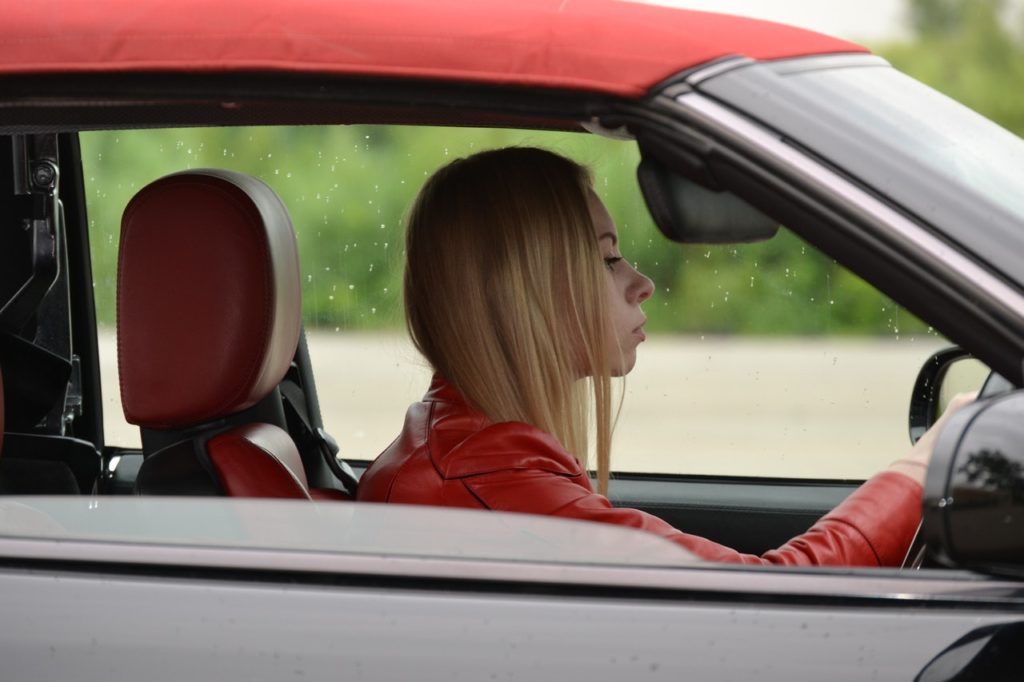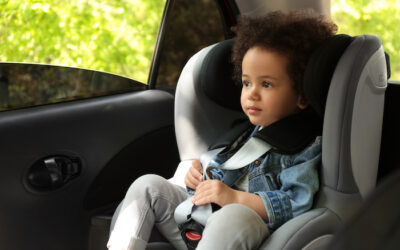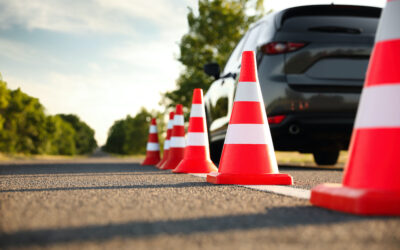Even the most experienced of drivers stall cars from time to time. But if you understand why cars stall, it might help you to avoid stalling in the future.

So this post is your complete guide to stalling! We’ll cover why cars stall, offer tips on how not to stall, and look at how you should react after stalling your car.
Why Do Cars Stall?
There are a few things that can make cars stall. An undercharged or faulty battery, for example. If your car keeps stalling, it might be time to check your battery. Or, there might be a problem with your fuel pump, or your wiring.
But most of the time, cars stall because of good old fashioned human error. And to understand why, we need to take a brief look at how your clutch works.
How your clutch works
When you press your clutch down, you separate two clutch plates. This disengages your engine from your gearbox, so you can change gear.
Once you’ve changed gear, bringing the clutch pedal up again reconnects the clutch plates, reconnecting your engine and your gearbox.
The vast majority of stalls happen when you bring the clutch up too quickly. Ideally, you want your clutch plates to join smoothly and gently.
But if you bring the clutch up too quickly, the two clutch plates will slam together. And this is what causes your car to stall.
When Are You Most Likely to Stall?
Most of the time, you’ll stall a car when moving off – either at junctions, at roundabouts, at traffic lights, or while setting off from parking. It’s easy to understand why so many inexperienced drivers stall at these points. When waiting at a junction, for example, if you need to slip into a gap into the traffic, you need to be pretty quick. But if you rush through the moving off process, you’ll likely bring the clutch up far too quickly, which will probably cause you to stall.
How to Not Stall a Car When Moving Off
So if you want to avoid stalling your car, the best thing to do is to relax and take your time. Always bring the clutch up as gently as you can, even when you need to move off quickly.
It might help you to break down the moving off process into a number of distinct steps. So let’s say you’re waiting at a junction, or at traffic lights. Assume the handbrake’s on, then follow these steps:
- Fully press down the clutch.
- Shift into first gear.
- Press the accelerator pedal, and try to keep it at about 1,500 revs.
- Raise the clutch slowly.
- Once you feel the biting point, lower the clutch again, by just a few millimetres.
- When you’re ready to go, release the handbrake, and bring the clutch back up to the biting point.
- Once your car’s gained momentum, you can bring the clutch up higher, then release it.
How Not to Stall When Coming to a Stop
It’s also possible to stall a car when you’re coming to a stop. To avoid this, you need to use your clutch in conjunction with your brake.
If you’re driving slowly in first gear, apply the clutch first, and then the brake. But if you’re travelling faster in any higher gear, you should apply the brake first and the clutch second. And when you’re braking at high speeds, you ideally need to bring the clutch down no more than four metres away from where your car will stop.
Tricky Hill Starts
It’s all too easy to stall when you’re moving off on a hill. But if you follow essentially the same steps as above, you should be able to avoid stalling.
The main difference is that, with a hill start, rather than lowering the clutch again having found the biting point, you should maintain it, even before you release the handbrake. Keep your accelerator at 1,500 revs, and keep your clutch at the biting point. You should feel a rumbling and hear your engine groaning. Release your handbrake slowly, and your car will probably start to move slowly. At this point, you should slowly lift the clutch until it’s fully raised, by which time you should be moving.
What Happens if You Stall During a Driving Test?
When you stall your car, it’s important not to panic. Take a deep breath, restart your engine, and start again. And don’t dwell on it – every driver makes mistakes like this!
But what happens if you stall during your driving test? The short answer is that it depends. It depends on your driving examiner, and it depends on where you are when you stall.
Driving examiners aren’t looking for perfection. They know you’ll make mistakes. They know that even the most experienced of drivers make mistakes! So some driving examiners may not even count a stalling as a fault.
But if you stall at a busy junction, or if you stall having already pulled out into oncoming traffic, then they may record your stalling as a serious fault. After all, at this stage you’re actively endangering yourself and other drivers.
Examiners will also look at how you behave after stalling. If you’re able to get the car moving again quickly and with little fuss, they’ll probably overlook the error. But if you repeatedly stall the car, or if you panic and fluster and struggle to restart the car after stalling, then they’ll most likely count it as a fault.
Many new and inexperienced drivers struggle with stalling. But the more time you spend in the car, the more natural it’ll feel. That’s why it’s important to get as much practice in as you can before you take your driving lesson. And if you’re going to practice your driving between lessons, make sure you get yourself covered with some learner driver insurance.



